A Step-by-Step Guide to Developing Your Own Cryptocurrency
Cryptocurrencies have revolutionized the way we perceive and interact with money. With the increasing popularity of digital currencies like Bitcoin and Ethereum, many individuals and organizations are interested in creating their own cryptocurrencies. In this comprehensive guide, we will walk you through the step-by-step process of developing your own cryptocurrency using C# programming language.
Prerequisites
Prior to getting started with cryptocurrency creation, it’s critical to have a firm grasp of both blockchain technology and the C# programming language. Learn about ideas like public-key cryptography, hashing algorithms, and decentralized ledger systems. A programming environment with the .NET framework installed is also required.
Step 1: The creation of the cryptocurrency Every cryptocurrency has a clear goal and a set of guidelines when it first launches. Outline your cryptocurrency’s attributes, such as its name, total supply, block time, and transaction costs, to start. Whether your cryptocurrency uses proof-of-work (PoW), proof-of-stake (PoS), or another technique for consensus, think about it.
Step 2: The Development Environment’s Setup You’ll need an integrated development environment (IDE), such as Visual Studio, to create a cryptocurrency in C#. Install the required software and libraries, such as NBitcoin, a potent C# library for interacting with Bitcoin and other cryptocurrencies, for blockchain development.
Step 3: Construction of the Blockchain The foundation of any cryptocurrency is the blockchain. Start by establishing the required classes to represent blocks, transactions, and the blockchain itself in a new C# project in your IDE. A hash, a timestamp, a list of transactions, and a hash from the previous block should all be included in each block. Implementation of block validation and block addition functions for the blockchain.
// Sample code to create a basic blockchain in C#
using System;
using System.Collections.Generic;
public class Block
{
public int Index { get; set; }
public DateTime Timestamp { get; set; }
public string PreviousHash { get; set; }
public string Hash { get; set; }
public List<Transaction> Transactions { get; set; }
}
public class Transaction
{
public string Sender { get; set; }
public string Recipient { get; set; }
public decimal Amount { get; set; }
}
public class Blockchain
{
private List<Block> chain;
public Blockchain()
{
chain = new List<Block>();
InitializeGenesisBlock();
}
private void InitializeGenesisBlock()
{
AddBlock(new Block
{
Index = 0,
Timestamp = DateTime.Now,
PreviousHash = null,
Transactions = new List<Transaction>(),
Hash = CalculateBlockHash(new Block())
});
}
private string CalculateBlockHash(Block block)
{
// Implement your hashing algorithm here
// You can use SHA256 or other algorithms
return string.Empty;
}
public void AddBlock(Block block)
{
block.Index = chain.Count;
block.PreviousHash = GetLatestBlock().Hash;
block.Hash = CalculateBlockHash(block);
chain.Add(block);
}
public Block GetLatestBlock()
{
return chain[chain.Count - 1];
}
}Step 4: Implementing Transactions A cryptocurrency relies on secure and transparent transactions. Create the necessary classes and functions to handle transactions within your blockchain. Consider implementing digital signatures using public-key cryptography to ensure the authenticity and integrity of transactions.
// Sample code for transaction handling
public class Transaction
{
// ...
public string CalculateTransactionHash()
{
// Implement your hashing algorithm here
return string.Empty;
}
public void SignTransaction(string privateKey)
{
// Implement digital signature logic here
}
public bool VerifyTransactionSignature()
{
// Implement digital signature verification here
return true;
}
}Step 5: Consensus Mechanism Choose and implement a consensus mechanism for your cryptocurrency. This mechanism ensures agreement among participants on the validity of transactions and the order of blocks. Depending on your chosen algorithm, you may need to modify the blockchain class to handle consensus-related functions.
Step 6: Networking and Peer-to-Peer Communication For your cryptocurrency to function as intended, it needs to communicate with other nodes in the network. Implement networking functionalities, such as peer discovery, message broadcasting, and block synchronization. Ensure that nodes communicate securely and validate incoming blocks and transactions.
Step 7: Testing and Deployment Thoroughly test your cryptocurrency implementation to identify and fix any bugs or vulnerabilities. Simulate various scenarios, including transactions, block validation, and consensus mechanisms. Once you are confident in the stability and security of your cryptocurrency, consider deploying it on a test network or even launching a live network if appropriate.
Conclusion
The creation of your own coin is a challenging but worthwhile task. You may develop a distinctive digital currency that supports your objectives and aspirations by using this step-by-step tutorial and the C# programming language. As blockchain technology continues to advance quickly, keep up with the latest trends and best practices. Wishing you success as you work to build cryptocurrencies!




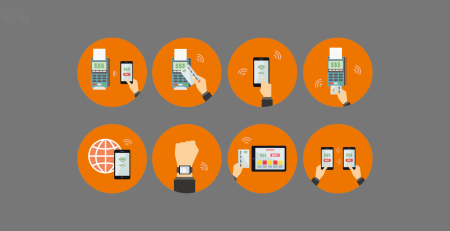
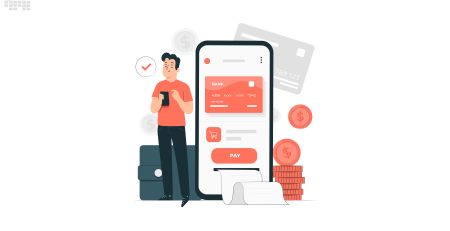



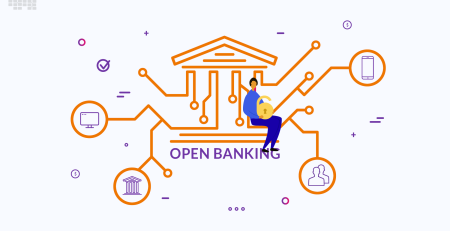
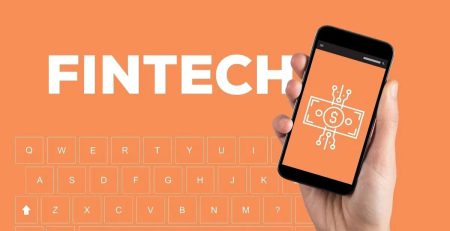
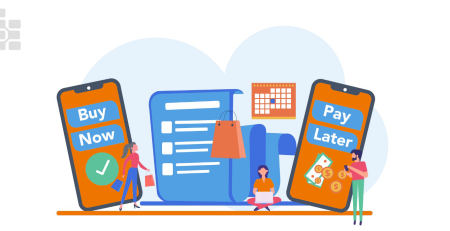

Leave a Reply